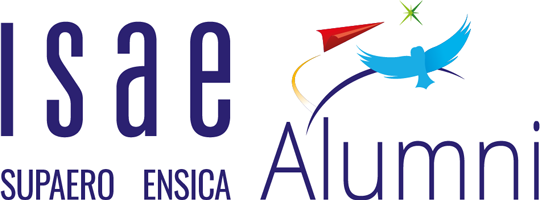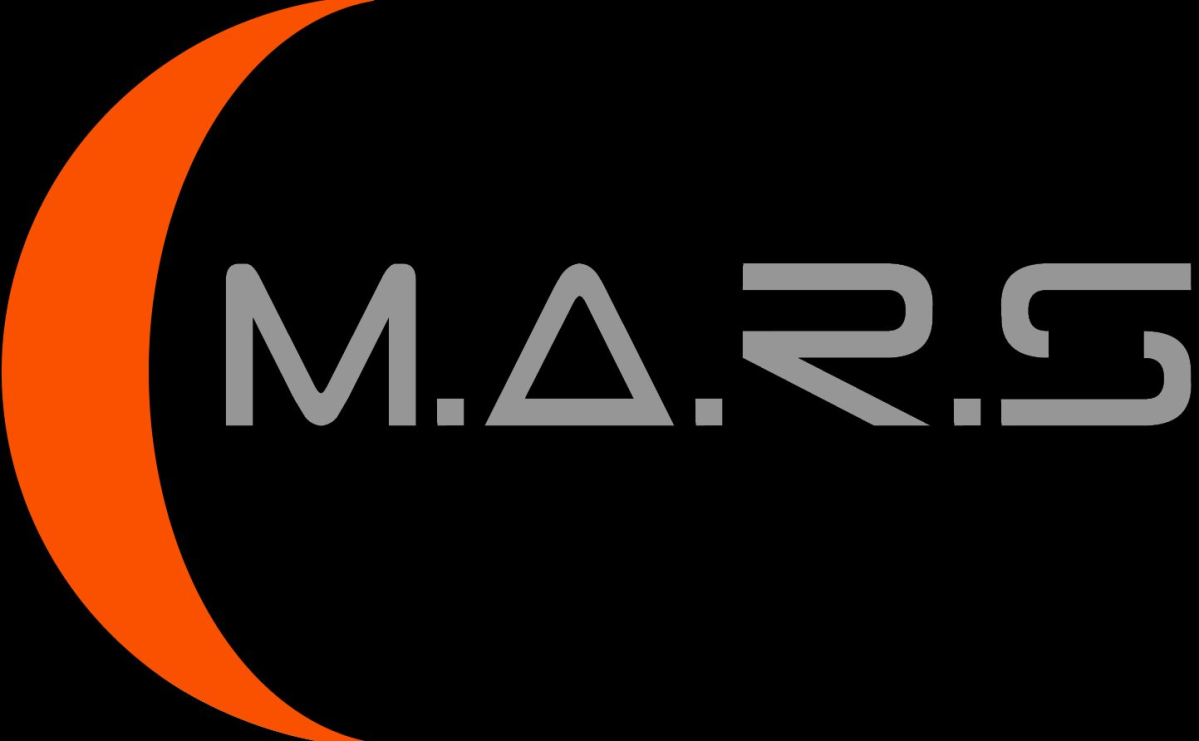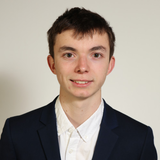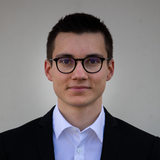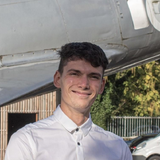Bureau
Presentation
The Mars Analog Research and Simulation Club (M.A.R.S) is a recent association, born in 2014. Since then, it has been growing steadily and in 2020 will bring together around thirty Supairs who are passionate about space exploration.
The club focuses on 3 main activities :
. Each year, we send a crew of 7 people to the Mars Desert Research Station (MDRS) located in the desert of Utah in the United States.
During this unique mission, the students immerse themselves in the shoes of Martian astronauts and face the same difficulties as they do.
The objective is to understand the challenges and constraints of human spaceflight while rethinking science in an environment close to that of Mars.
During the mission, each person has a defined role:
- Commander (veteran who has already performed an MDRS)
- Astronomer
- Flight Engineer
- Botanist
- Biologist
- Journalist
- Health and safety manager
During previous missions, we have collaborated with many scientific personalities such as Jean-Baptiste RENARD, director of research at the CNRS.
We have carried out experiments such as the LOAC (an optical aerosol counter), the Mega-Ares (a sensor that equipped the ExoMars 2016 mission) or the Biomérieux Aquapad water diagnostic system (experiment also tested in the ISS by Thomas Pesquet).
In 2018, the startup DREEM entrusted us with an experiment that took place both upstream and downstream of the mission.
. The club is also very involved in the popularisation of science and more particularly space exploration.
In partnership with the school's social outreach section, we are spreading our influence throughout the region by accompanying middle and high school students, in order to awaken a scientific spirit in them and give them the desire to pursue higher education.
In this sense, we participate in many scientific events: Researchers' Night, events at the Cité de l'Espace, the Paris-Le Bourget International Aeronautics and Space Exhibition...
In 2020, for example, we supported the Louis Pasteur College in designing a college on the Moon.
They then presented a model of their school, a video of the project's progress and a charter of collective life before a prestigious jury and 500 students at the Cité de l'Espace.
. We are also focusing on more technical projects such as the design of a "made in Supaero" spacesuit consisting of an astronaut's bag (BackPack) and a Liquid Cooling and Ventilation Garment (LCVG).
From January to June 2020 we also created a self-sufficient Martian city of one million people, in view of a competition organised by the Mars Society, we finished 14th out of 175 and are published in the Mars Society's associated book.
Meetings
All weekly meetings are held directly on the ISAE campus every Monday evening at 8.30 pm on the floor of the Computer Centre and last 2 hours on average.
We first present space news followed by a presentation by one of the club members on a subject of interest to them. And finally we work on the different projects of the club.
